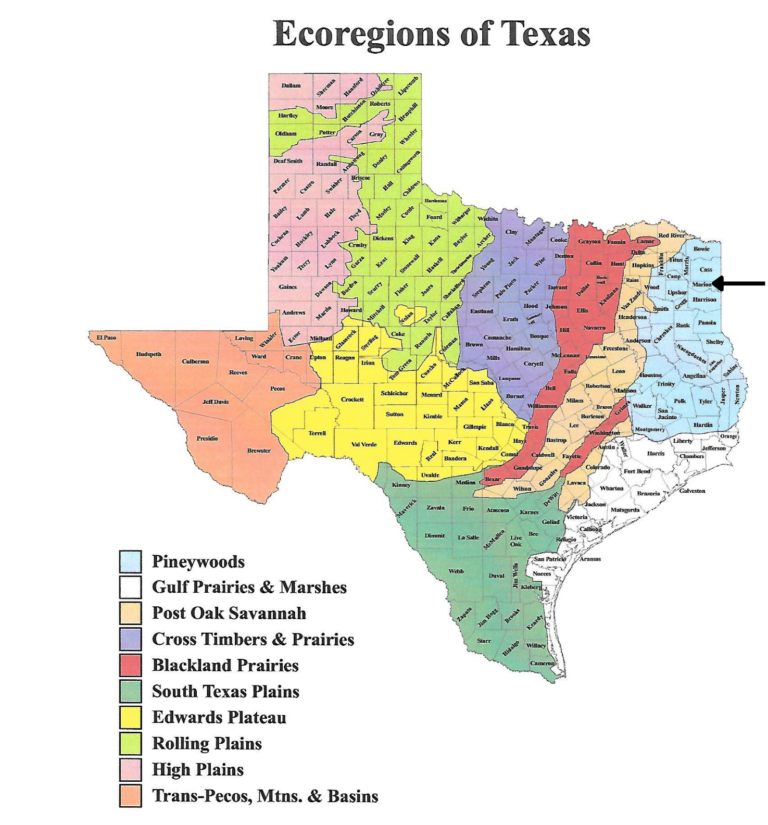Welcome, we are so glad you are here!
The Caddo Wildflower Chapter is located in Cass County Texas. We are in the Piney woods ecoregion. Piney woods is an area of rolling terrain with pines, oaks and tall hardwoods in the east to northeastern part of the state.
If you are interested in learning about gardening with native plants, this is the organization for you. Members share a wealth of knowledge gained from experiences with native plants. We love to take filed trips and have some great ones scheduled for the upcoming year.
Meeting Info
- Caddo Wildflower Chapter meets on the 4th Tuesday of the month.
- Our meetings are January thru October. 6:30 P.M.
- Location for GPS – Mary Dougherty Senior Citizen Center Linden, Texas.
Meetings start with food and fellowship, a guest speaker about native plants or related topics, a brief business meeting, and lastly a raffle on native plants and related items. Our meetings are open to the public. We love to spoil our guests and sometimes leave with a few plants at the end of the night donated by the members.
Please check out our Facebook page and Instagram.
We would love for you to reach out. Thank you so much for visiting our page.
Spring Native Plant Sale
The Caddo Wildflower Chapter is hosting a native plant sale.
May 4, 2024 9:00a.m.- 12:00p.m.
Cass County AgriLife Extension building.
1600 N. Louise St., Atlanta.
We take Cash, Square, and Checks.
Be there by 8:30 am to hear a special presentation about the plants in the sale, and you’ll get to be first in line. However, we ask that you please stay in the presentation room until the presentation is over.

Native Plant Society News

Enter One of Our Contests by July 31
We have contests for members in photography, video and newsletters.

Spring 2024 Member Magazine
A Spring to Remember | Welcoming Spring with Open Arms | 2023 Ann Miller Gonzalez Research Grant Recipients | Wet and Wild: Diving into the Underworld of Aquatic Plants | Hidden Gems: Unique Landscaping Options | Your Favorite Flora Revealed | Inviting the Prairie Into Your Home Landscape | Remembering “Mr. Bluebonnet” | Spreading the Monarch Mission | Gardening with a Purpose | Save Time Landscape Planning This Spring

Water-Efficient Products Sales Tax Holiday May 25-27, 2024
The Texas State Comptroller encourages all taxpayers to support and buy from Texas businesses while saving money on tax-free purchases of certain water-efficient and water-conserving products during the annual Texas


